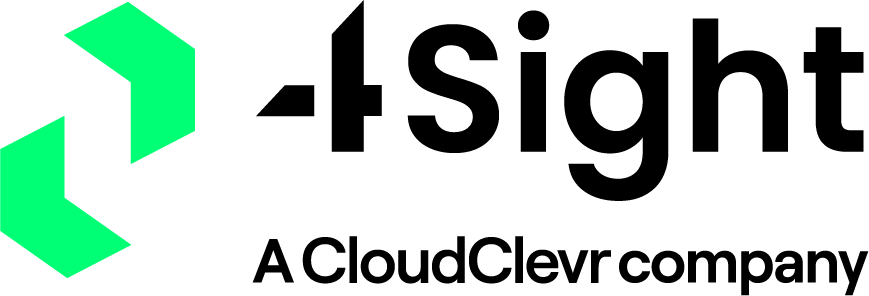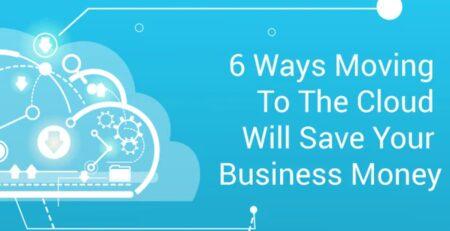It’s Not Just a Trend: Hybrid is Here to Stay

While no one has a crystal ball, everyone knows life will never return to what it was before COVID-19. In 2020, we experienced major shifts in how we live, work, learn and communicate. The word “hybrid” best describes these changes and what the future holds. We won’t return to the past, but we won’t be in pandemic mode either. The acceptance and use of new technology moved at warp speed this past year. Adoption of advanced technologies in operations, supply chain redundancies and data security moved 20 to 25 times faster than most executives would have imagined, reports McKinsey. Digitization had huge impacts on customer service, remote work, operations and healthcare.
Hybrid Lifestyle
Online shopping, already gaining in popularity before the pandemic, soared in 2020. In fact, U.S. consumers spent 44% more online this past year compared to a 15% increase in 2019. Home delivery of goods and food, curbside pickup and other hybrid shopping habits are here to stay. Customers like the convenience, wide product selection and speed (who doesn’t like instant gratification?). Businesses have responded to this demand by adding digital customer channels like chatbots, mobile apps and other e-commerce tools.
Retail banking, farther along this journey than most businesses before COVID, accelerated their digitization to better serve customers. A majority of finance and insurance executives and IT executives reported increasing their use of automation in their operations this past year.
Contactless payment methods and digital workflows are two examples. In the not-too-distant past, applying for a mortgage involved reams of paperwork and multiple trips to the branch office. Using cognitive document automation, artificial intelligence (AI) and other automation tools, banks have quickly moved away from in-person interactions, enabling customers to upload all pertinent documents including image files and PDFs. Need to see a driver’s license? The customer takes a picture using their smart phone and uploads it to their online application. The bank representative facilitating the application is probably sitting in her home, not the branch.
The power behind all of this is the cloud. Businesses don’t have to worry about buying hardware or software to quickly expand their capacity. That capital can be used to transform operations, hire new talent or introduce new products.
Hybrid Workforce
“You want to work from home?” Pre-pandemic, this question was delivered with a raised eyebrow. While some businesses offered this as a perk, most frowned upon it, citing the importance of “face time”, organizational culture and higher productivity.
That horse has left the barn. If there is one thing the pandemic has proved is that working remotely has not hurt productivity. In fact, in many situations, it may have increased it. Cloud communications enables employees to interact digitally and collaborate easily, using tools like video conferences, file sharing, shared workspaces and instant messaging. Without this operational support, productivity and team interactions would suffer.
Hybrid work models are here to stay, report many executives. The McKinsey Global Institute (MGI) estimates that more than 20% of workers in highly skilled, non-customer facing jobs (e.g., finance, insurance, IT) could work remotely very effectively, even three to five days a week. Advances in cloud communications, automation and digitization have made this possible. What’s more, many employees like the flexibility (especially if they are juggling childcare or other family commitments) and report less stress.
Shifting to remote work and adoption of automation go hand-in-hand. In a survey of 800 executives in June 2020, 80% of companies that shifted most of their workforce to remote reported also increasing automation. In companies where only a few employees worked remotely, only 51% said they adopted more automation.
This ability to more easily communicate across time and physical space has wider implications. The commercial real estate market is certainly in flux as organizations reevaluate the need for office space. Companies are using more contractors and temporary workers. Business travel is down and will probably remain so for a while, especially as many organizations are finding videoconferencing is just as effective for sales calls and conferences.
But each business needs to assess carefully when choosing a hybrid work model. What tasks—not roles or jobs—can happen remotely? How important is working in person with colleagues to build and support the organization’s culture? And sometimes creativity flourishes best when people are sitting in the same physical space.
Hybrid Healthcare
One of the most dramatic changes due to COVID is the adoption of telehealth or communicating with healthcare professionals virtually. The technology was available before the pandemic, but both providers and patients were reluctant. Cloud-based videoconferencing technology, accessible via the web, has helped everyone recognize the value of telehealth.
A follow-up appointment, often just a conversation with the healthcare provider, is more efficient and convenient done virtually. When a patient comes down with a bad cold that is “going around”, the provider can diagnose the problem with a video call, keeping the sick patient at home. Going forward, expect to see a blend of in-person and virtual care.
COVID has also accelerated the use of health-related mobile apps. World-wide, there was a 65% increase in downloads of medical apps in 2020. Due to the prevalence of smart phones and the rapid adoption of mobile apps, patients and providers can communicate essential health information. For example, an app to track migraine headaches provides a report that patients can share with their doctors. An atrial fibrillation app enables a patient to check when he isn’t feeling quite right.
For these apps to be truly useful, they must integrate with electronic health records. Data must be easily searchable and accessible to healthcare providers. With cloud-based communications, software that connects these databases makes mobile healthcare apps more powerful.
These are just a few examples of how our emerging “hybrid” lifestyle is becoming the new norm, and they illustrate why we believe “hybrid” is the word of the year. Technologies such as cloud-based communications are powering blended solutions for the home, the workplace and healthcare delivery. How we live, work and communicate may never be the same, but hybrid communications will give people and businesses more flexibility and options than they’ve ever had before.
This article was first published by Mitel.



